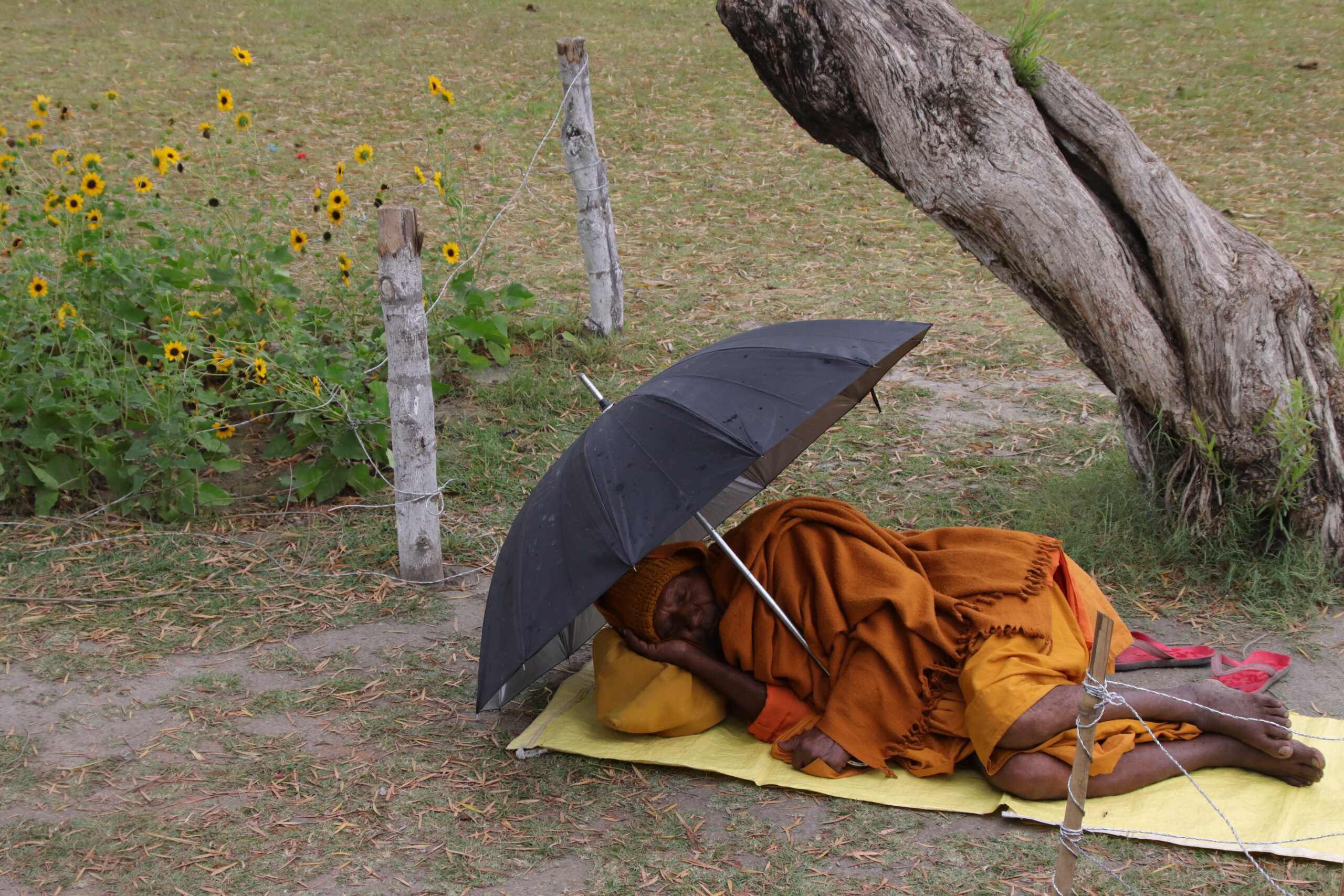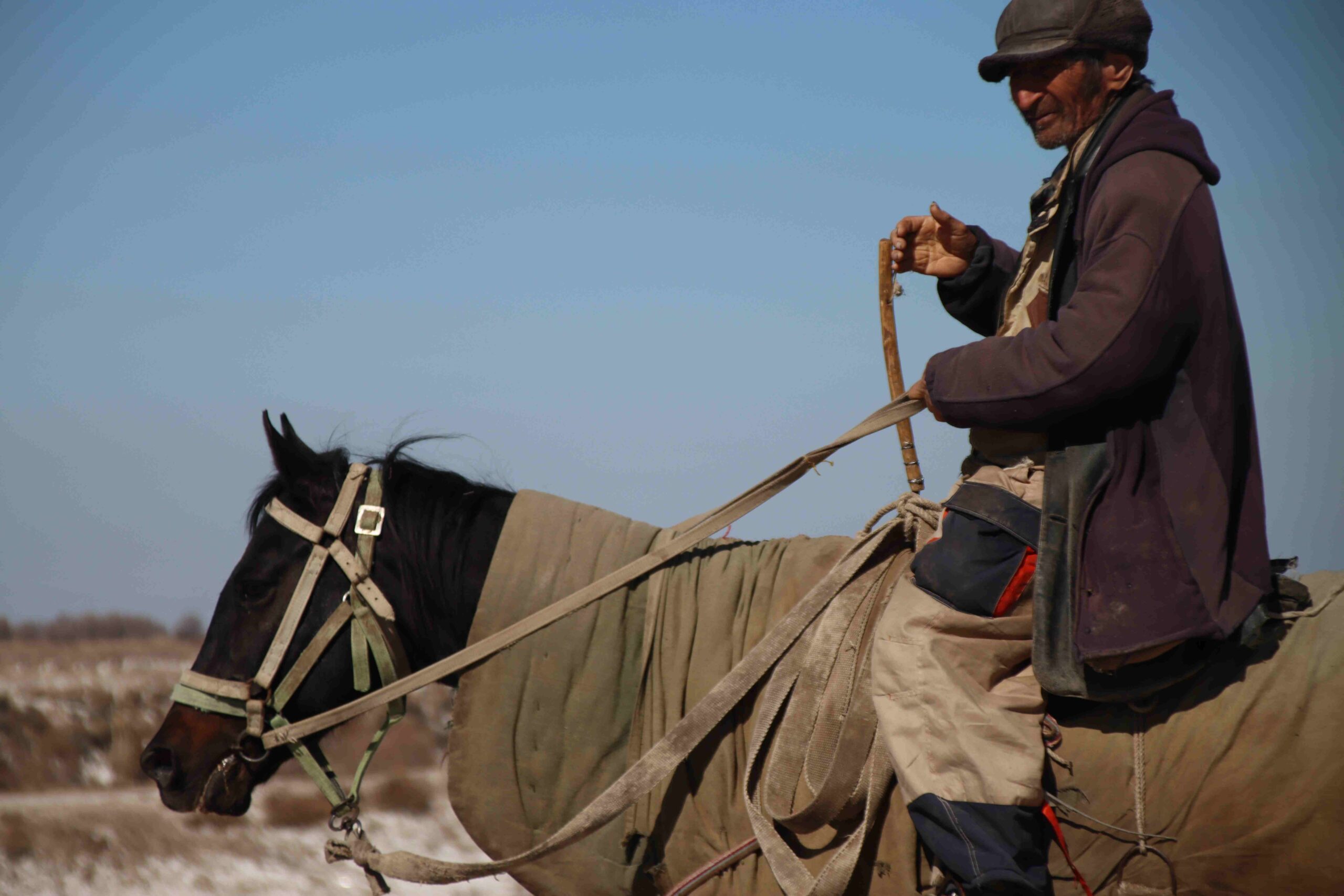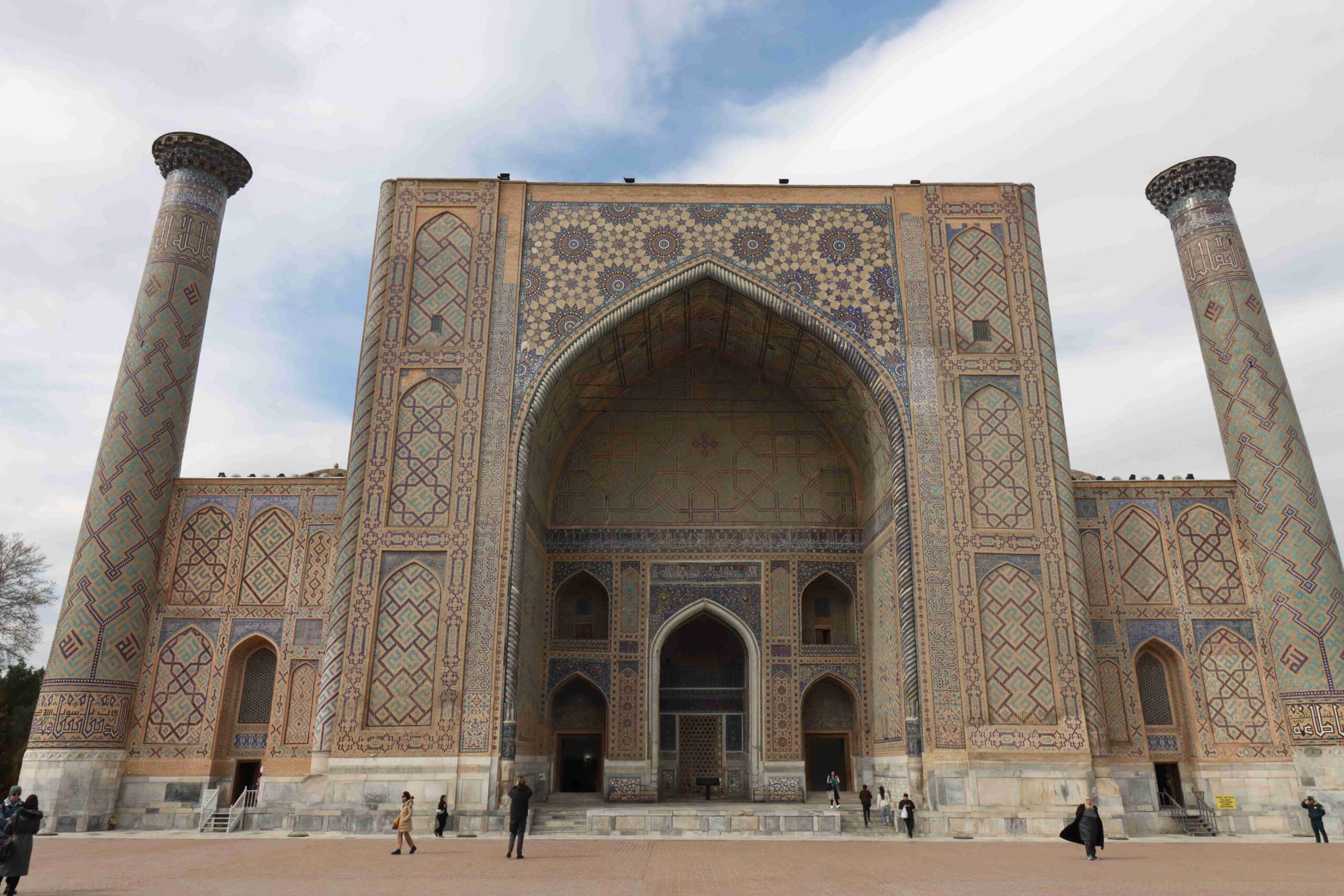In my book, I wrote that a traveler has to quickly accommodate him or herself to the idea and sensation of having a question, but simultaneously possessing no feasible means of obtaining an answer. Either from a language barrier, a lack of time, or some other reason, foreign lands display foreign behavior and circumstances that, in 99 out of 100 cases, will remain foreign. India is no different, and despite the fact that you’re bound to run into some people who speak English reasonably well, there are all manner of strange things in which any explanation is a bridge too far. Have you ever seen a railcar without a carriage? It’s a metal chassis, and positioned at each of the four corners are large metal circles. I remember that as my train was pulling into Patna junction, I saw a man—and this must have been 5:00 am, 5:15, sitting on one of these circular platforms with his knees pulled up between his clasped fingers. The man seemed old, and was dressed all in orange. We were still far from the station platforms, and the sun was just coming up. There couldn’t have been anything for him to be doing at that desolate section of track, with no infrastructure of any kind that he maybe had been inspecting or managing. It was just one of those things that you just have to be happy wondering about.
Similarly, in Varanasi, I was left puzzled when, sitting watching a burning relative of some men in front of me, a man dressed as the kind of yogi Hindu holy-man type, walked by, whipped out a lager, sat down before the pyre and the relatives, and started day drinking. He seemed to be talking to the people who were but moments ago mostly silent in quiet observance of that most famous of Asian funeral rites, and I was left to imagine what the 10 or 12 of them must have been thinking as this drunk fanatic with human bones hanging from his neck blathered on in front of them.
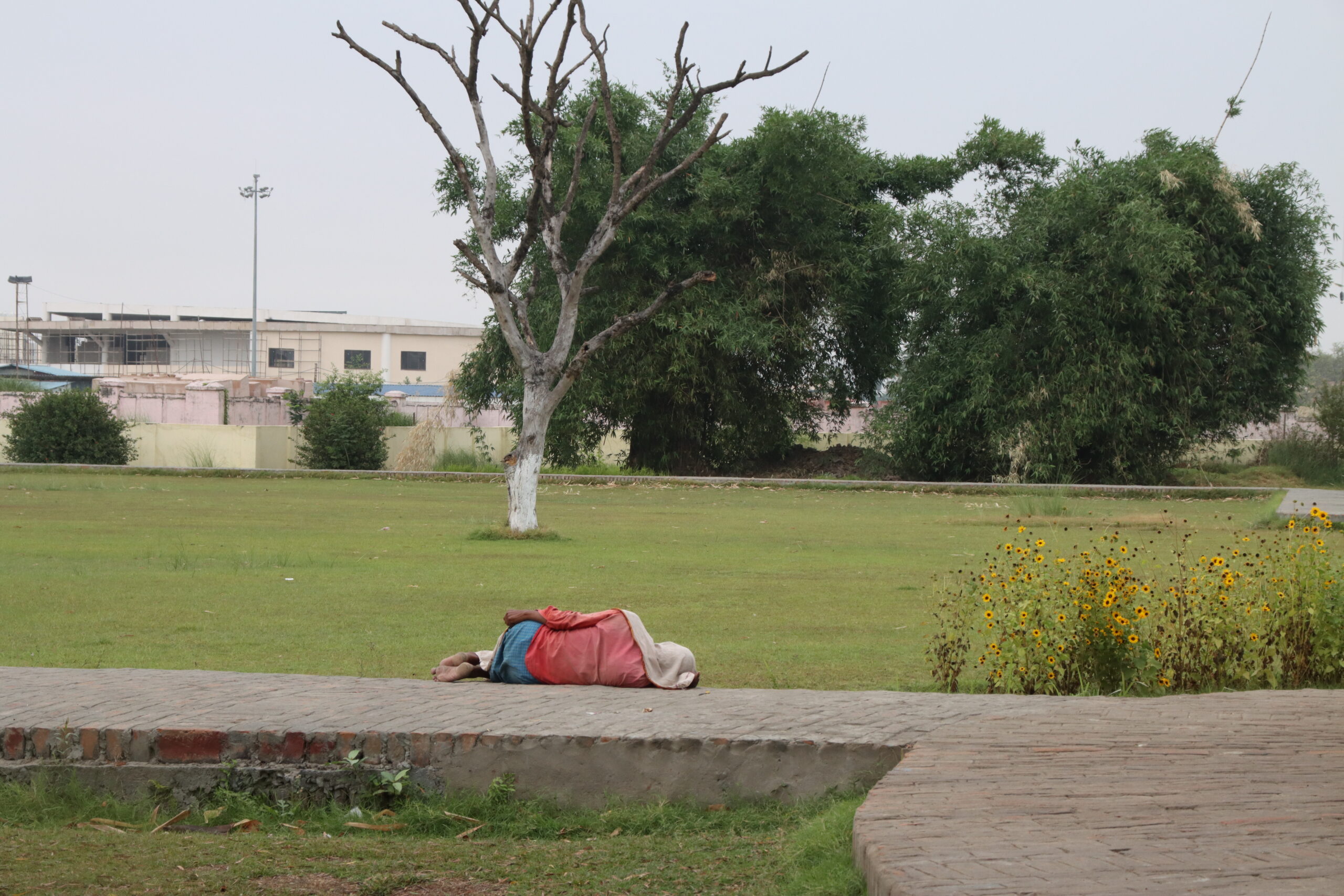
I have a like-dislike relationship with these sorts of experiences as I often crave the answers to questions that come up while I travel, and am left frustrated sometimes if I can’t have them. However, I often recognize that if all things in all countries were known, there would be substantially less fun in wandering around a place like Varanasi. I think there’s a certain rush, too, that one experiences when coming across something or somewhere that they had learned about far in advance—the site of an important battle, or a strange cultural phenomenon, and being able to identify it in a scholarly way. This happened once in Morocco, where I thought I was just attending a sort of house show but with rubbish traditional music (rubbish because that’s what the locals told me) but which turned into a strange crisis of public order as the women enjoying the music entered into a trance and began swinging their heads around uncontrollably. “Their brains turned to couscous,” a local told me. I had read about this phenomenon in a book published more or less around 1951, and that good Islamic women were terrified to hear drums in the night because they risked being possessed, wandered out to some bush camp on the outskirts of the city, and waking up with no knowledge of what had taken place during the nocturnal hours.
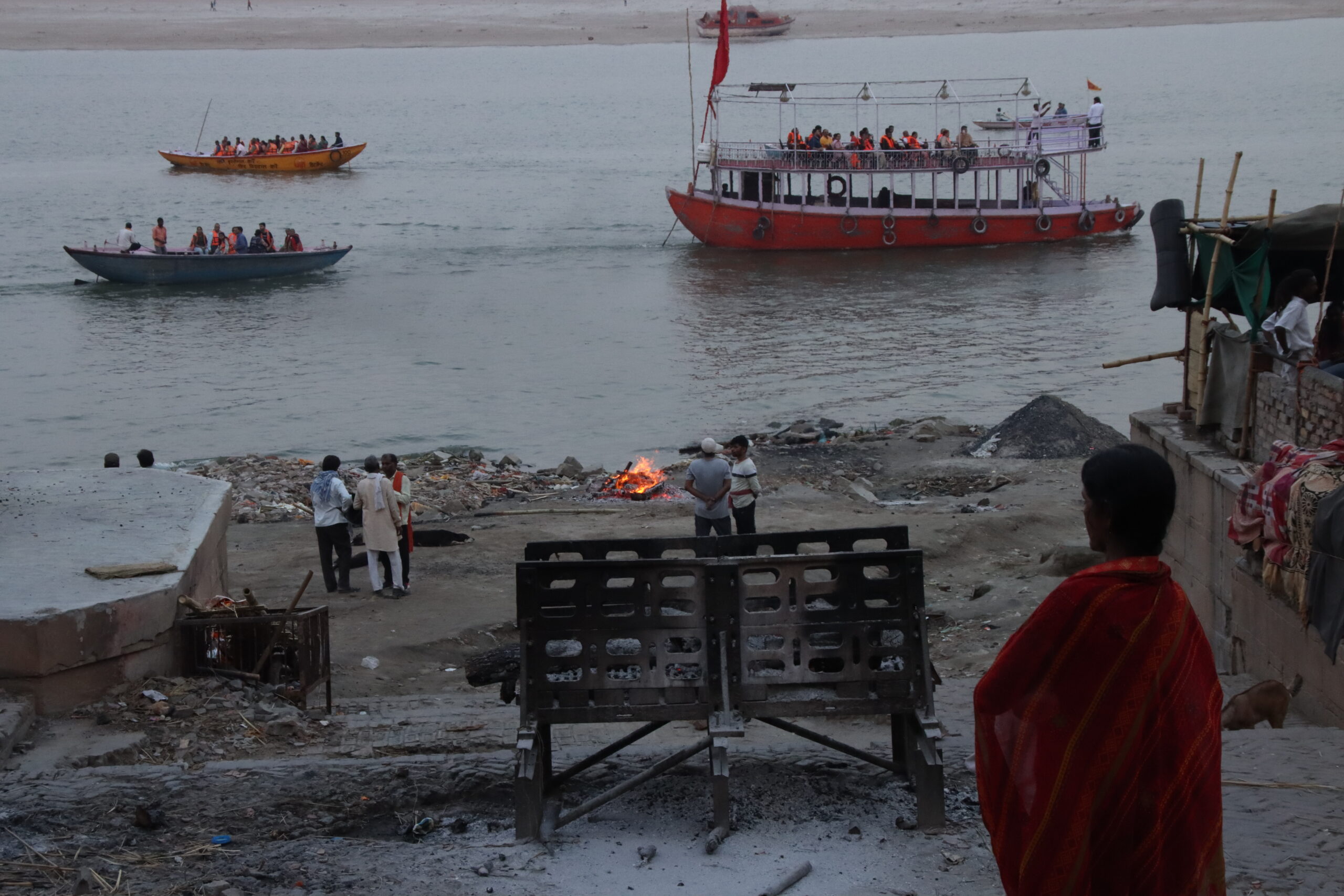
In this case, I had communication with locals who might under different circumstances have been able to help me, but like the author writing 70 years before, they had no idea what was happening either. In India, I also had communication with locals, who I certainly thought would be able to explain why it seemed that passengers arrived about 9 to 11 hours in advance of their trains, and would form these massive piles of sleeping bodies in the middle of the auditorium of the train stations. I observed this in Patna, New Delhi, Gaya, Lucknow, and Varanasi—that is to say, all the train stations I entered during my time in the country. They would sprawl their seemingly soot-covered bodies out on a saree or headscarf as if it could provide even a modicum of cushioning between their bones and the hard cement flooring, and go to sleep with their heads on their luggage. Their faces often betrayed them as being ensconced in total sleep, the kind that wouldn’t be disrupted in the very real yet off chance that your shoe should come down on their toes or their hair.
I asked many people about this, and though they all acknowledged that I held the truth in my hands—that it was the same all over the country, I never received a satisfactory answer as to why. Ce la voyage.
PICTURED ABOVE: A Hindu sleeping in the middle of the day. PC: Andrew Corbley ©
